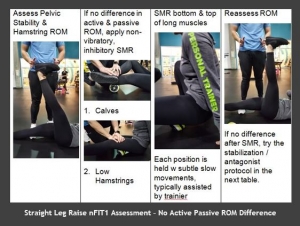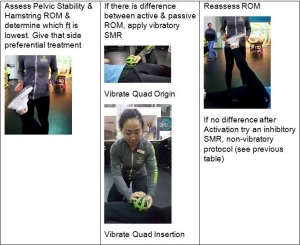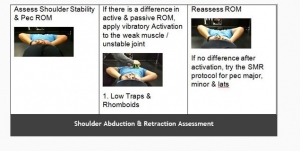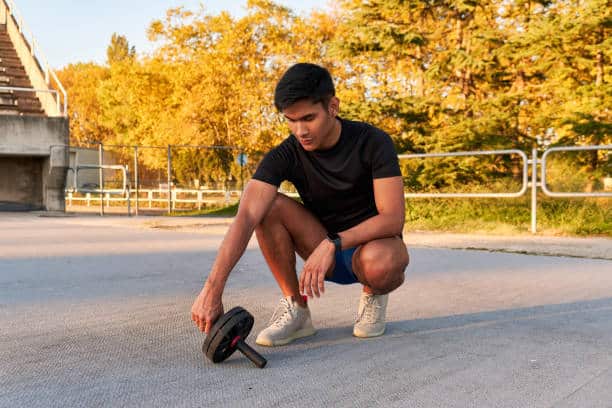January 8, 2018
Hyper-Mobility, Performance & Recovery: Nervous System-Based Activation & Deactivation
The sitting disease and automation are killing our nervous systems, proprioception, function, metabolism, and mobility. Today more than ever, clients walk in the training door deactivated. Even those who work out regularly spend most of their day in low nervous system activation.
In this 3 part series, you’ll learn how to use foam rolling & vibration technology to:
1. Optimize movement via active range of motion
2. Optimize strength, power, foot speed & quickness
3. Optimize recovery between workouts
Benefits of Muscle Stimulation & Vibration:
vibration therapy causes muscles to repeatedly eccentrically and concentrically contract resulting in nervous system activation, possible injury prevention & performance enhancement. Deactivated, unused nervous systems lose and restrict movement. The 1st step in reactivating the nervous system is active range of motion (ROM). 1. Improved mobility & active ROM: to understand how vibration improves ROM, we need to understand the difference between active & passive ROM.
Active range of motion is when a joint is moved through its range with the person moving the joint him or herself. Passive range of motion is when something or someone helps or creates the movement. More importantly, it’s essential we assess ROM & identify neurological “dead zones”. A Dead Zone = the difference between active & passive ROM. i.e. if I lift my arms overhead, this is active ROM. If a trainer can pull them further, then passive ROM is greater than active. When this active passive difference exist, it’s referred to as the neurological dead zone and is best illustrated via this equation.

2. Improved proprioception, muscle co-contraction & joint stability: one the major reasons for increased ROM with vibration, is increased joint stability. This is most commonly seen amongst the mobility joints. Below is a great illustration of the joints and therefore motions that are most likely to improve via this mechanism. But how do we know that this is the mechanism we need to work on? This is the cool part: if you have identified a dead zone, then stability / antagonist training is more important than flexibility / ROM training.




BLOG BY: CHAD BENSON, Lead Instructor
Tags:
Related Posts
We’re here to help you!
Questions, comments or want to register? Fill out the form below and we will contact you shortly. Thanks!
"*" indicates required fields



